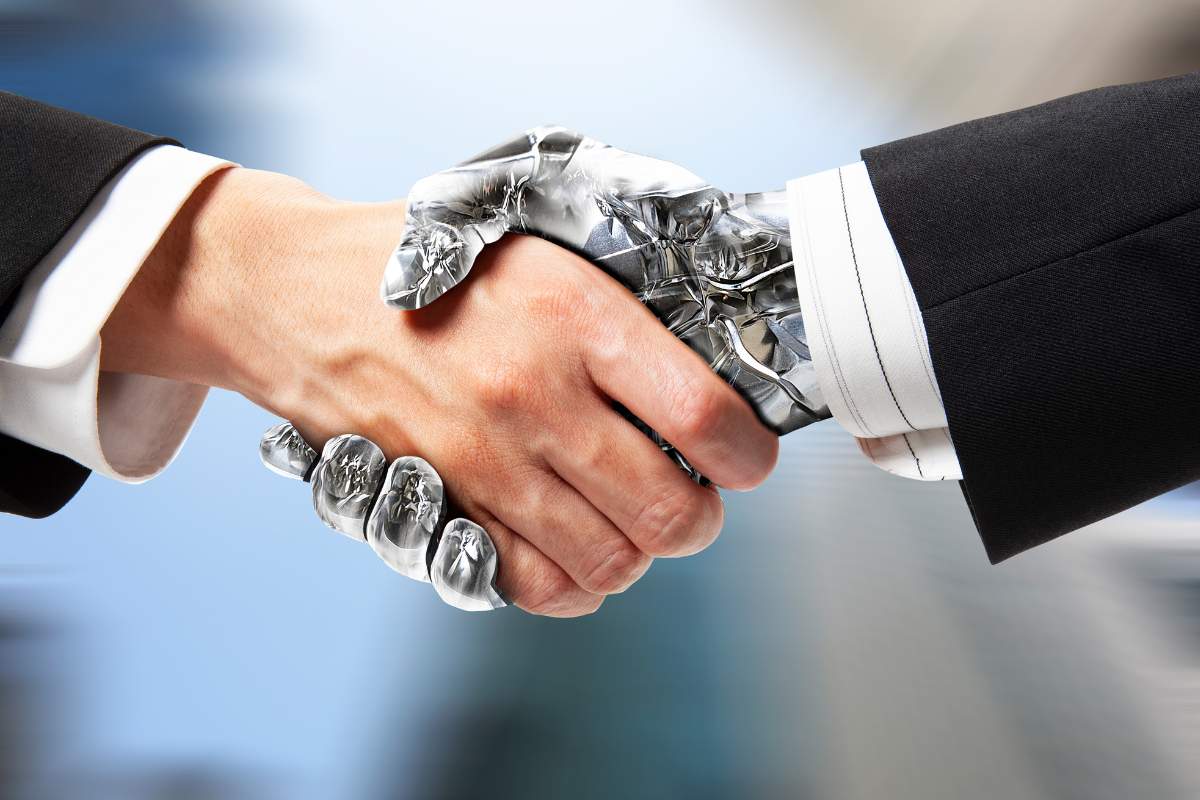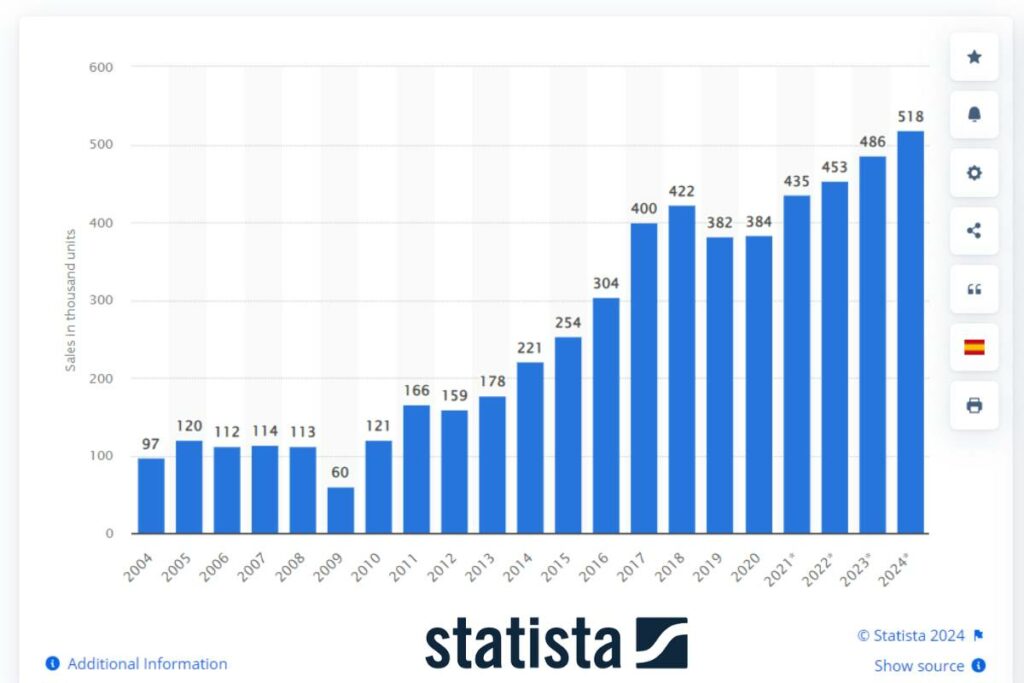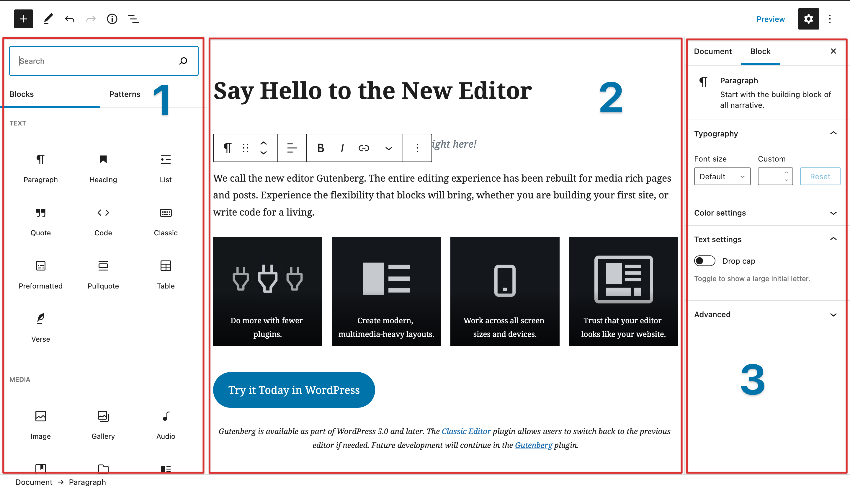
Robotic automation is now widespread in industrial manufacturing with prewritten scripts enabling robots to perform highly specific tasks on a repetitive basis without any deviation in accuracy. While these restrictive capabilities prevent deployment in unpredictable real-world conditions such as in the home where improvisation and flexibility are necessary.
“I fear the day that technology will surpass our human interaction. The world will have a generation of idiots.” – Albert Einstein

Admittedly, this limitation will most likely be cured shortly, when machine learning methods come to robots to enable them to develop skills step-by-step accumulating experiential knowledge just like a person does.
The diffusion policies approach is one of the algorithms that compile experiences into action maps with probabilities. Scientists working at Toyota’s Cambridge research unit put a robot arm to learn sweeping motions using diffusion policies. After a human operator had demonstrated the sweeping task through teleoperation for the robot, the robot practised extensively in simulation. Just a few days later the robot managed to sweep spilt beans off the table autonomously – the human-provided examples had been used to integrate into its internal simulations.
According to Dr. Russ Tedrake of Toyota, diffusion policies make it easy for efficient assimilation of physical demonstrations. His team intends to magnify learning by having robots observe instructional videos in YouTube. The perception of the objects and actions could be assisted by grounding from language models such as GPT-3. Though errors continue, understanding the context may soon make the internet one huge repository for training.
Self-learning capabilities are also being improved by other groups. Auto-R system in Google DeepMind uses language models to assess the safety and the feasibility of tasks. Stanford researchers created a low-priced mobile robot ALOHA that uses a broad set of experiences to boost the capacity to learn.
Small lessons leading to incremental learning may soon take the place of hand-coded algorithms. Despite limitations in some basic manipulations of actual prototypes, they demonstrate the emerging capabilities of adaptive automation. Someday, robots capable of improving automatically through practice could handle unplanned chores without pre-programming. Afterwards, the cleaning of a spilled container can become a chance for robots to improve themselves, instead of being a human’s task.
While some developmental barriers remain, self-tutoring robotics suggest the emergence of autonomous assistants with few limitations.






